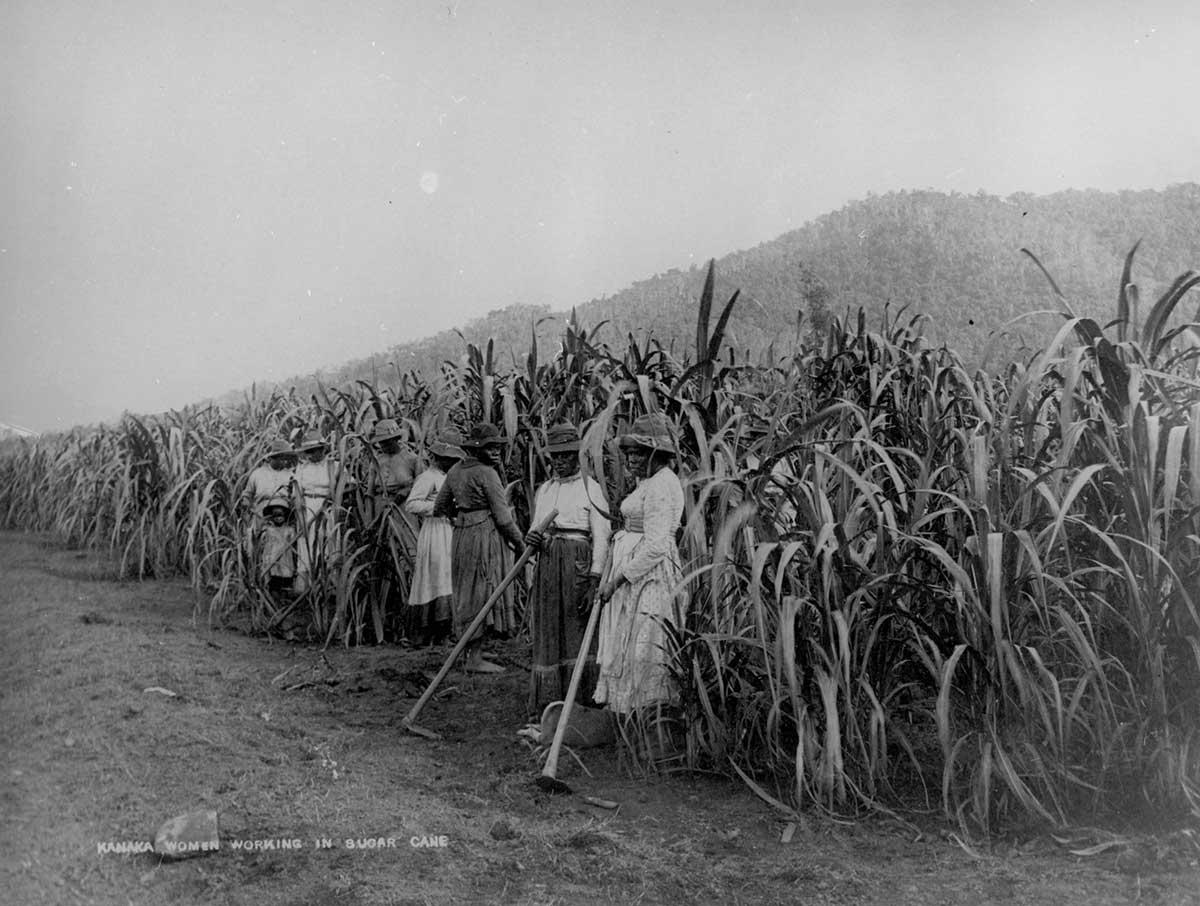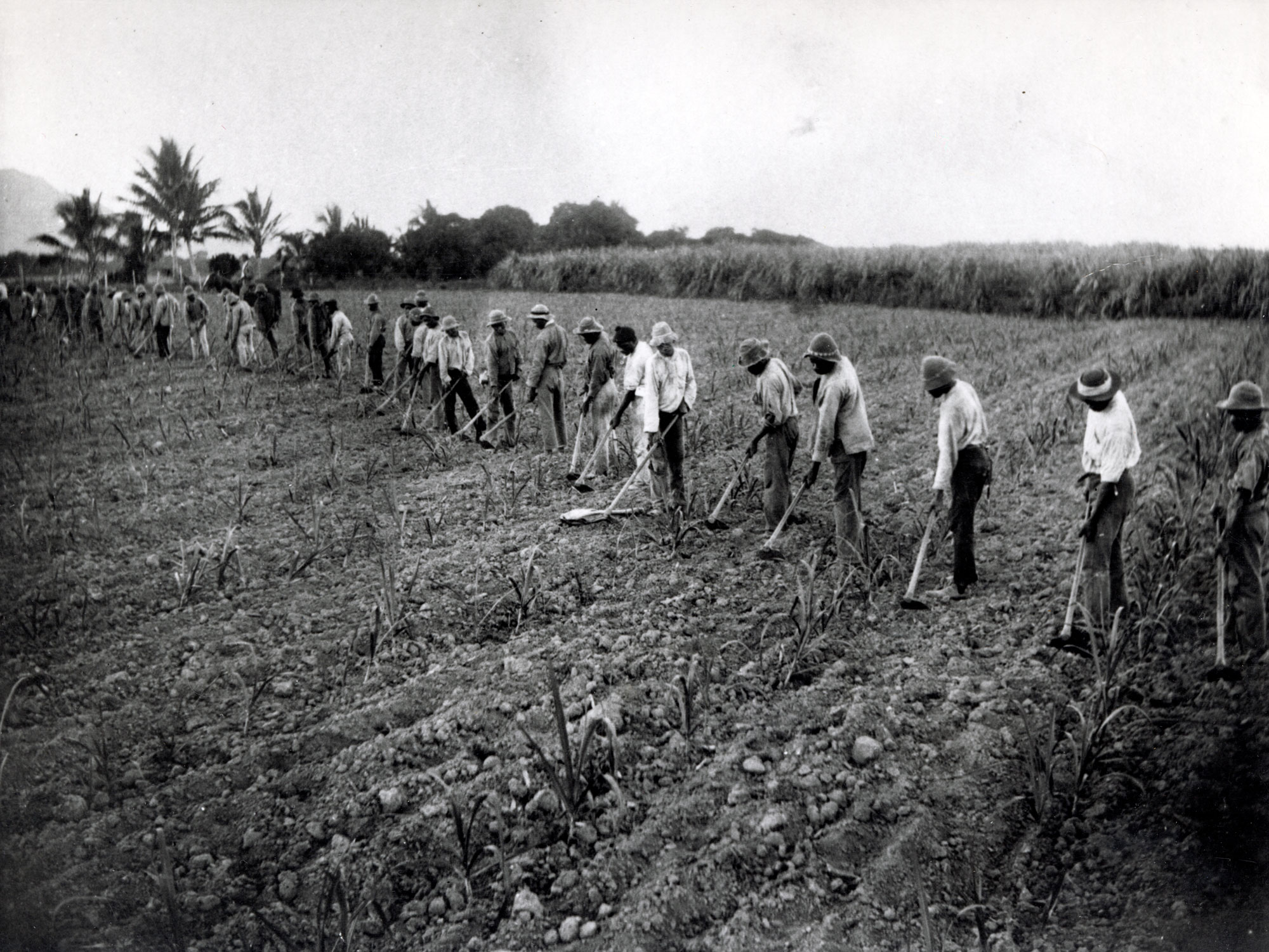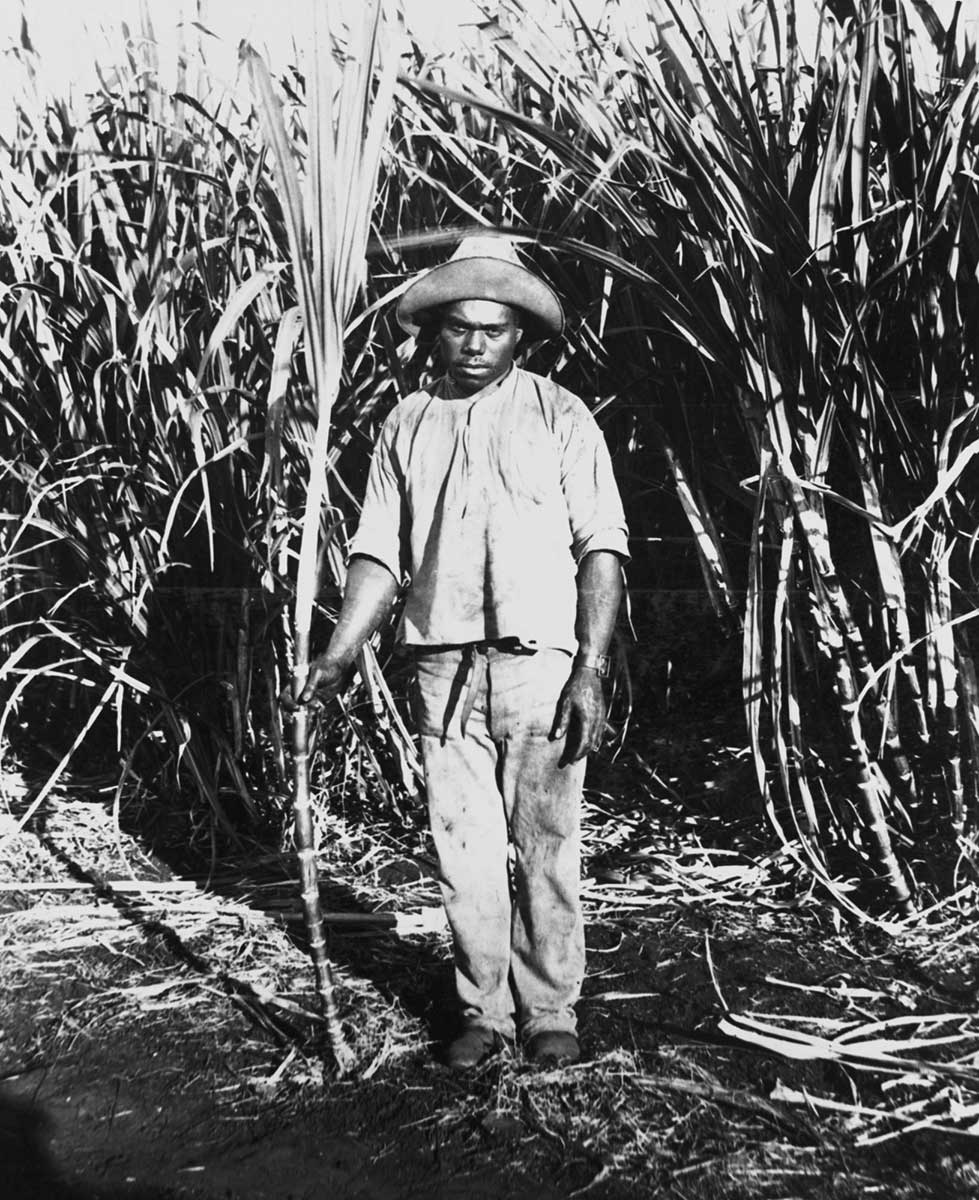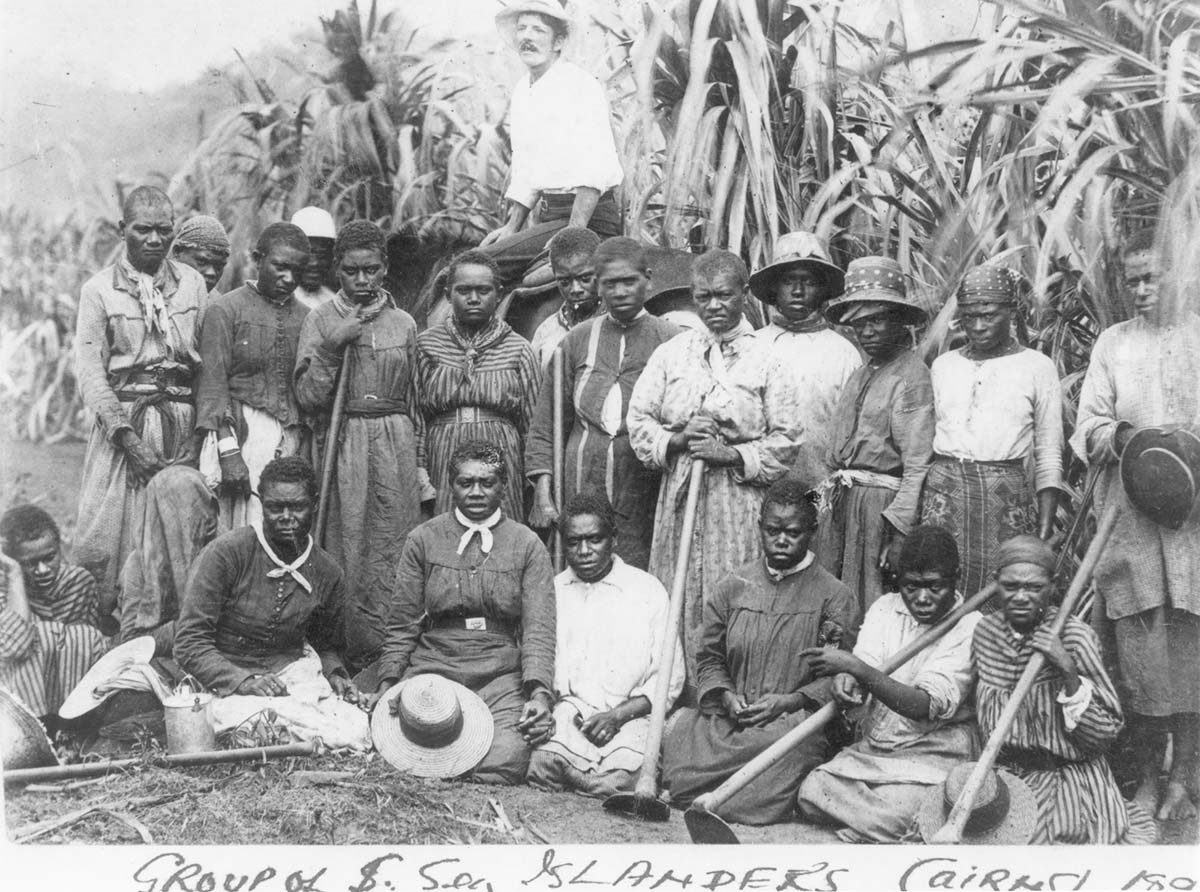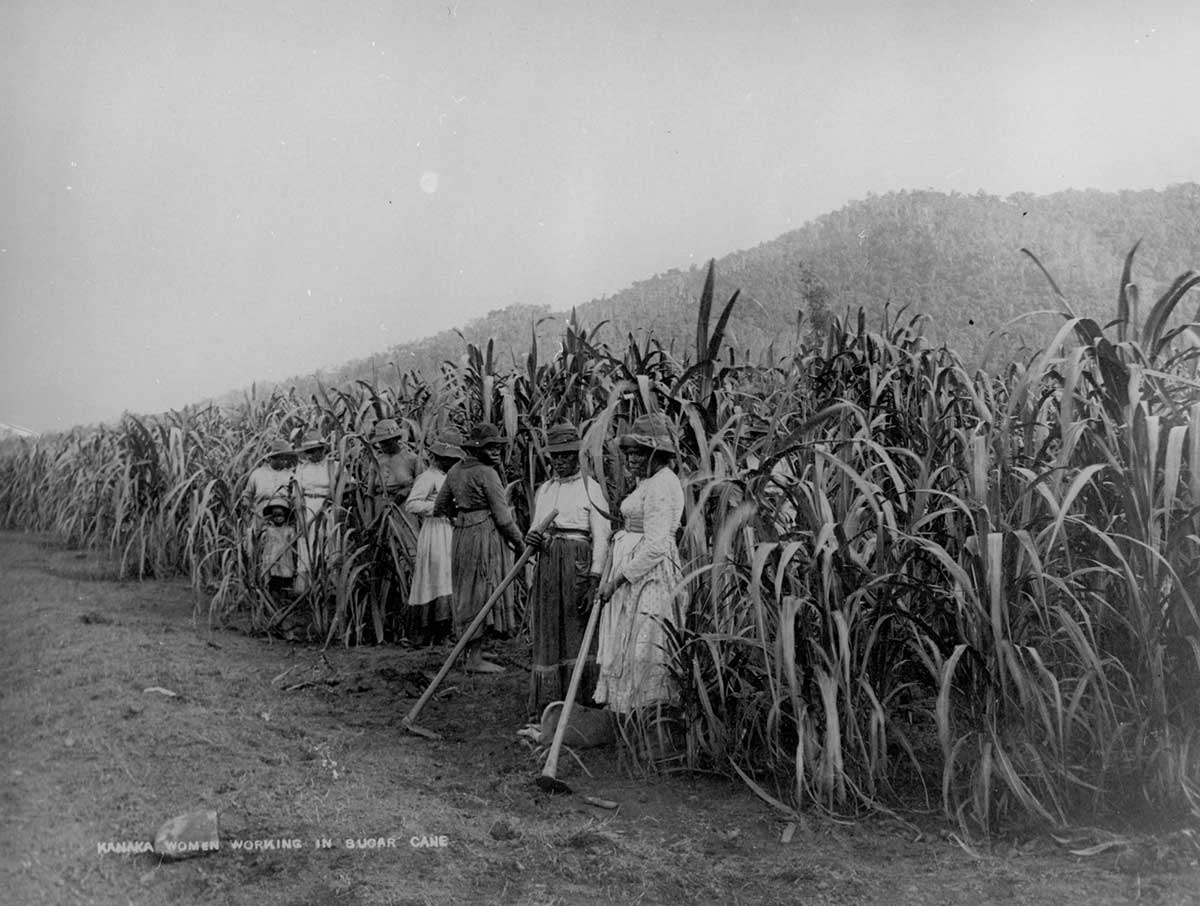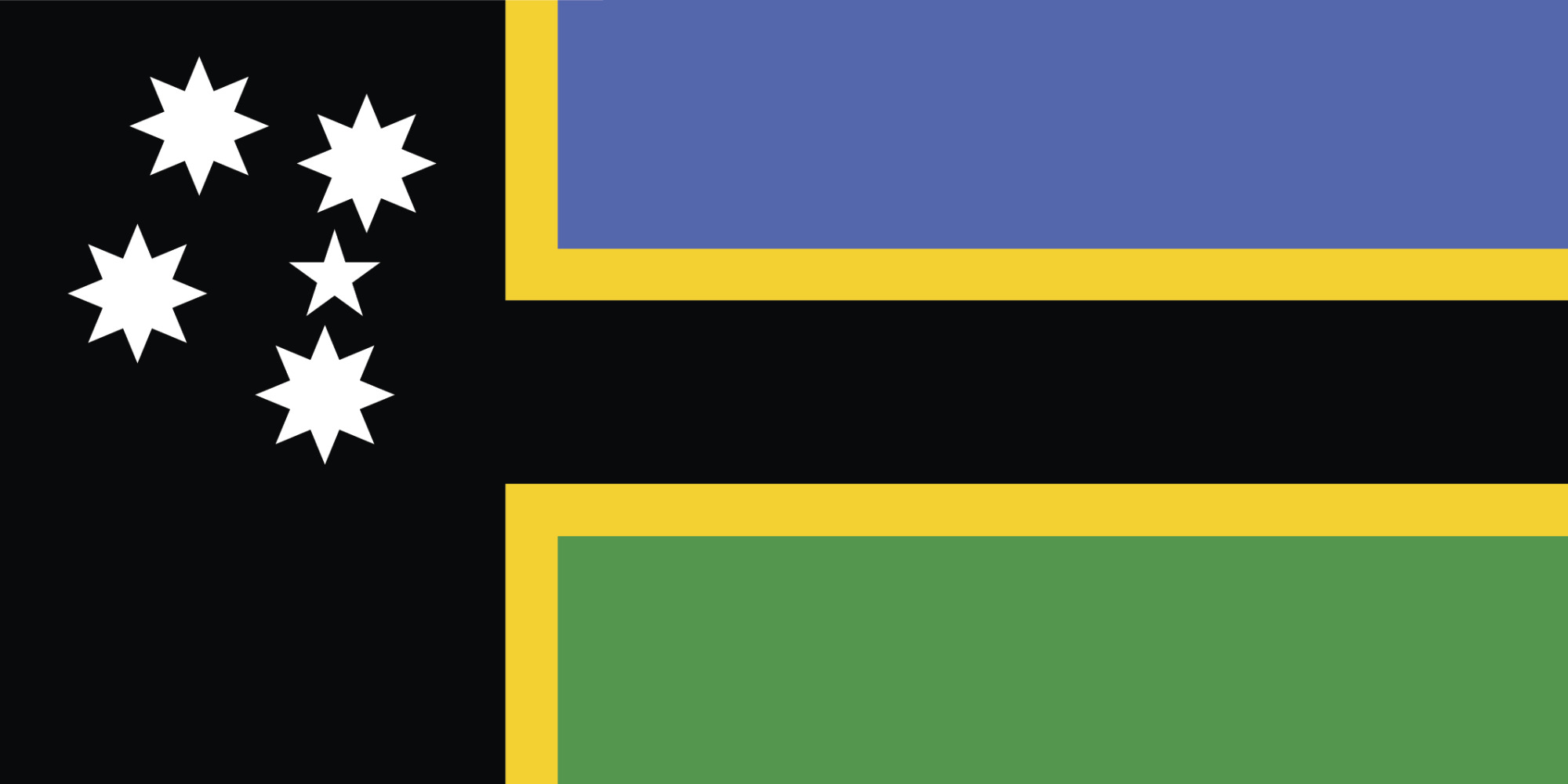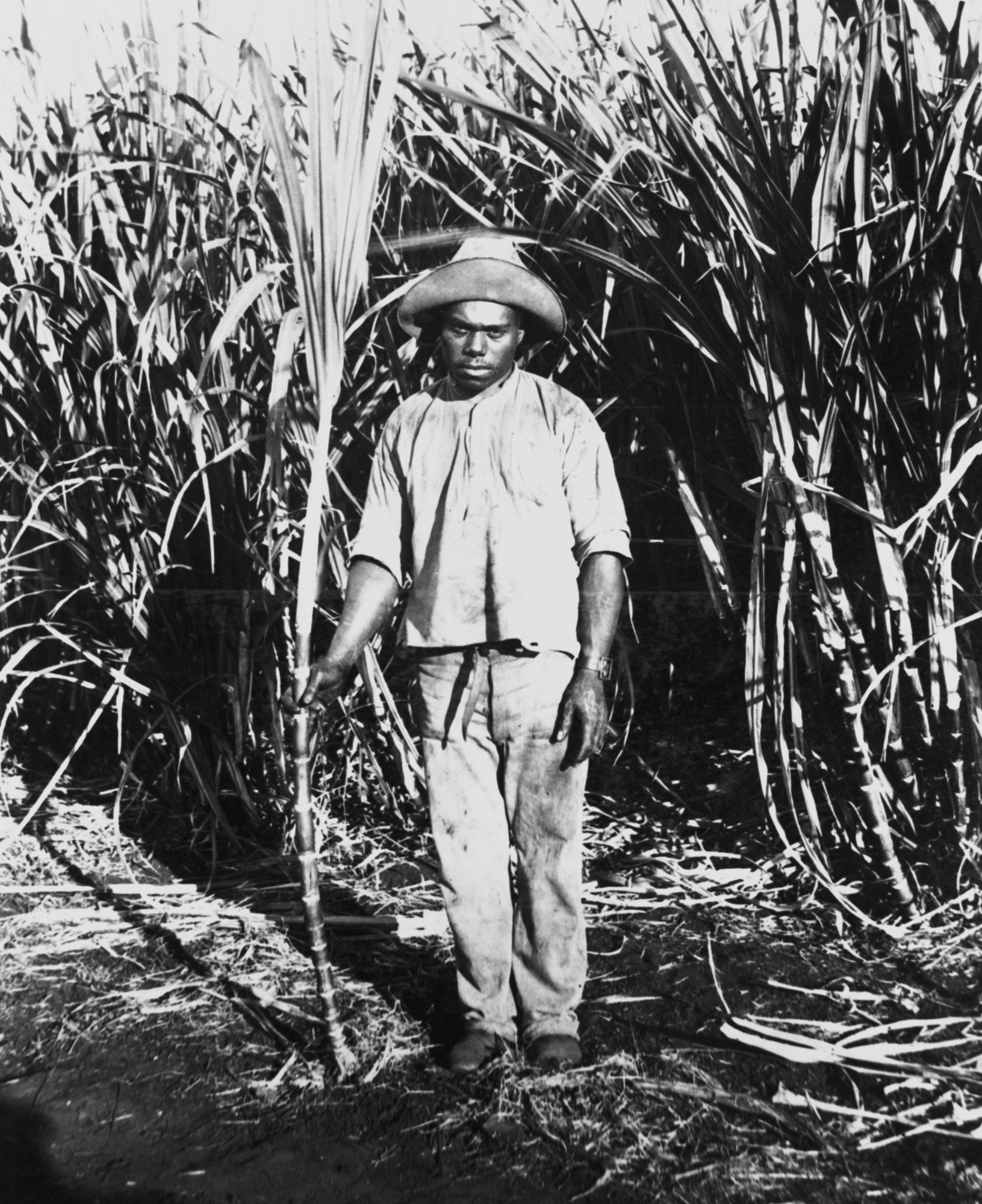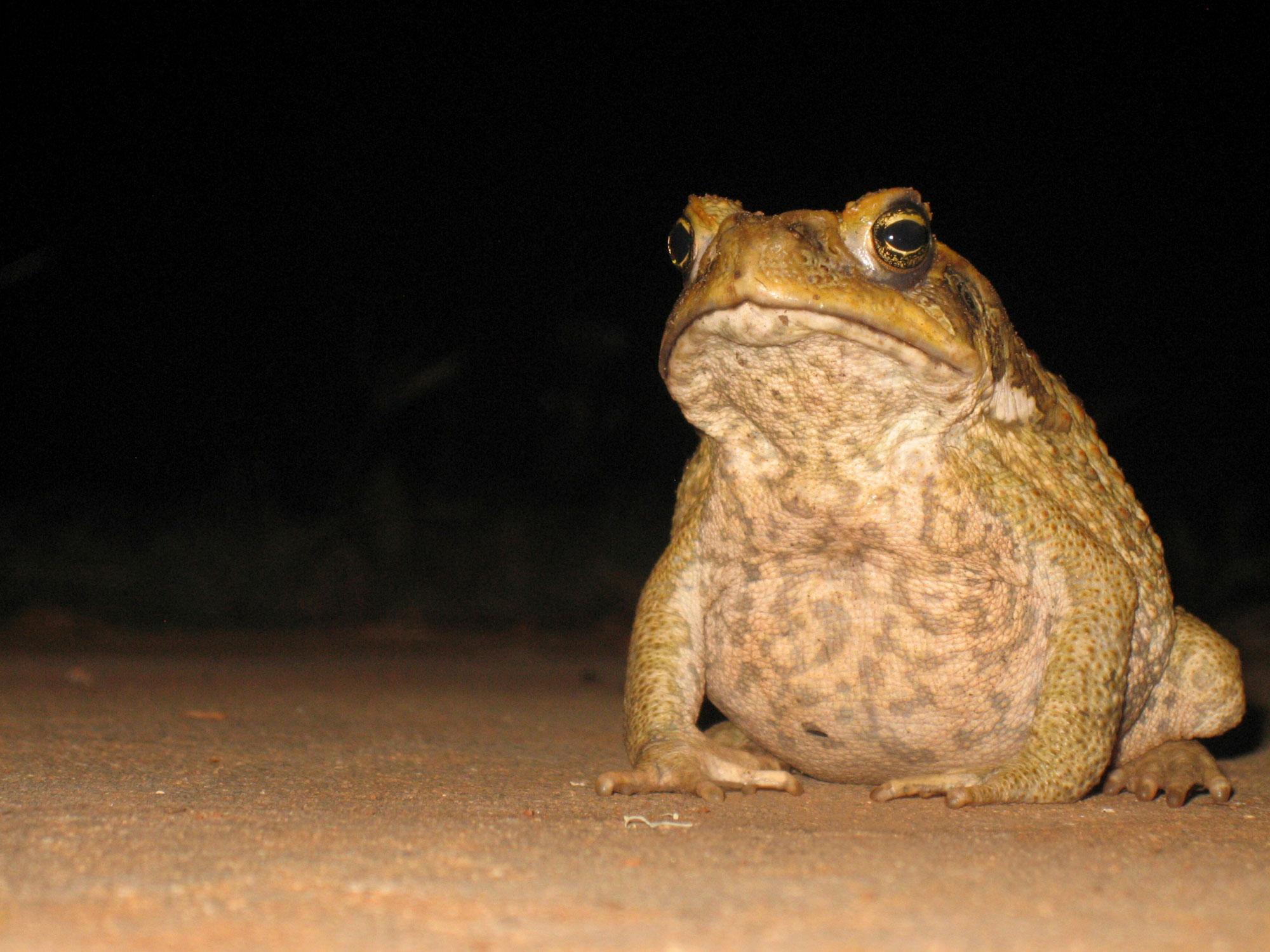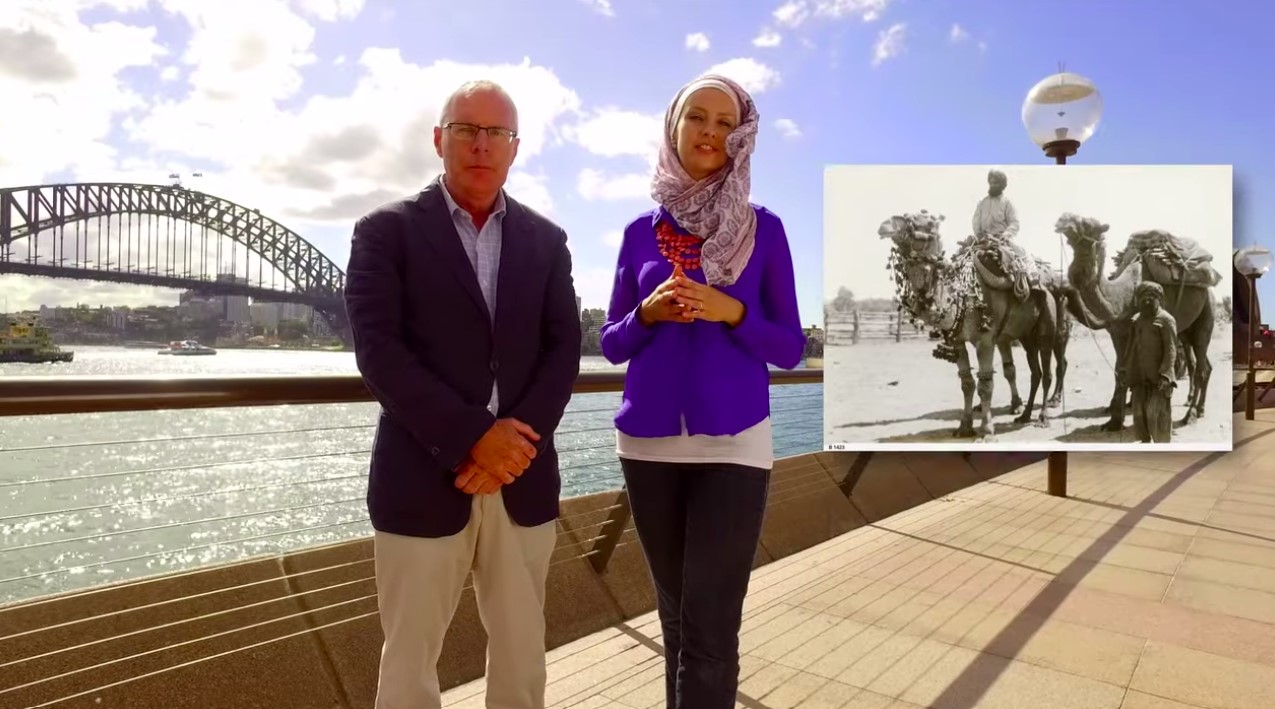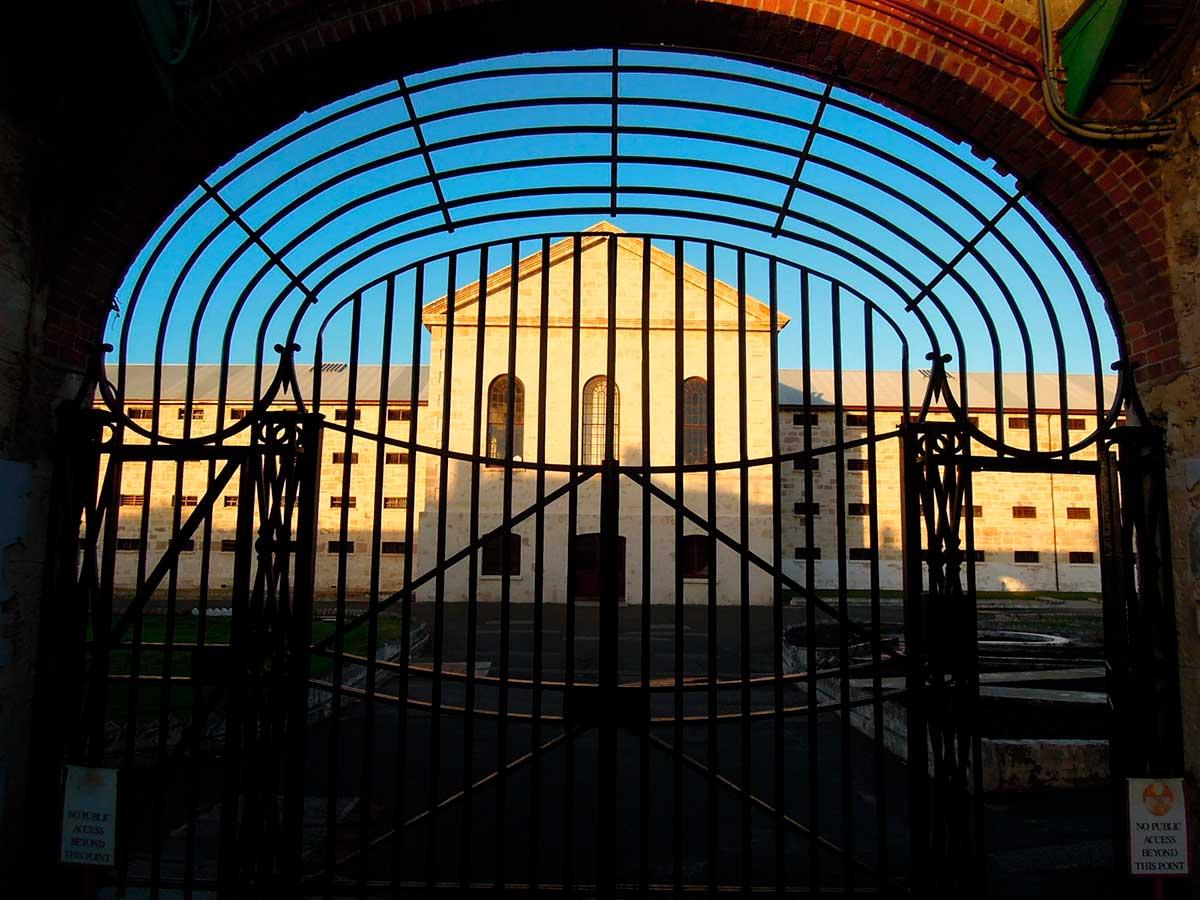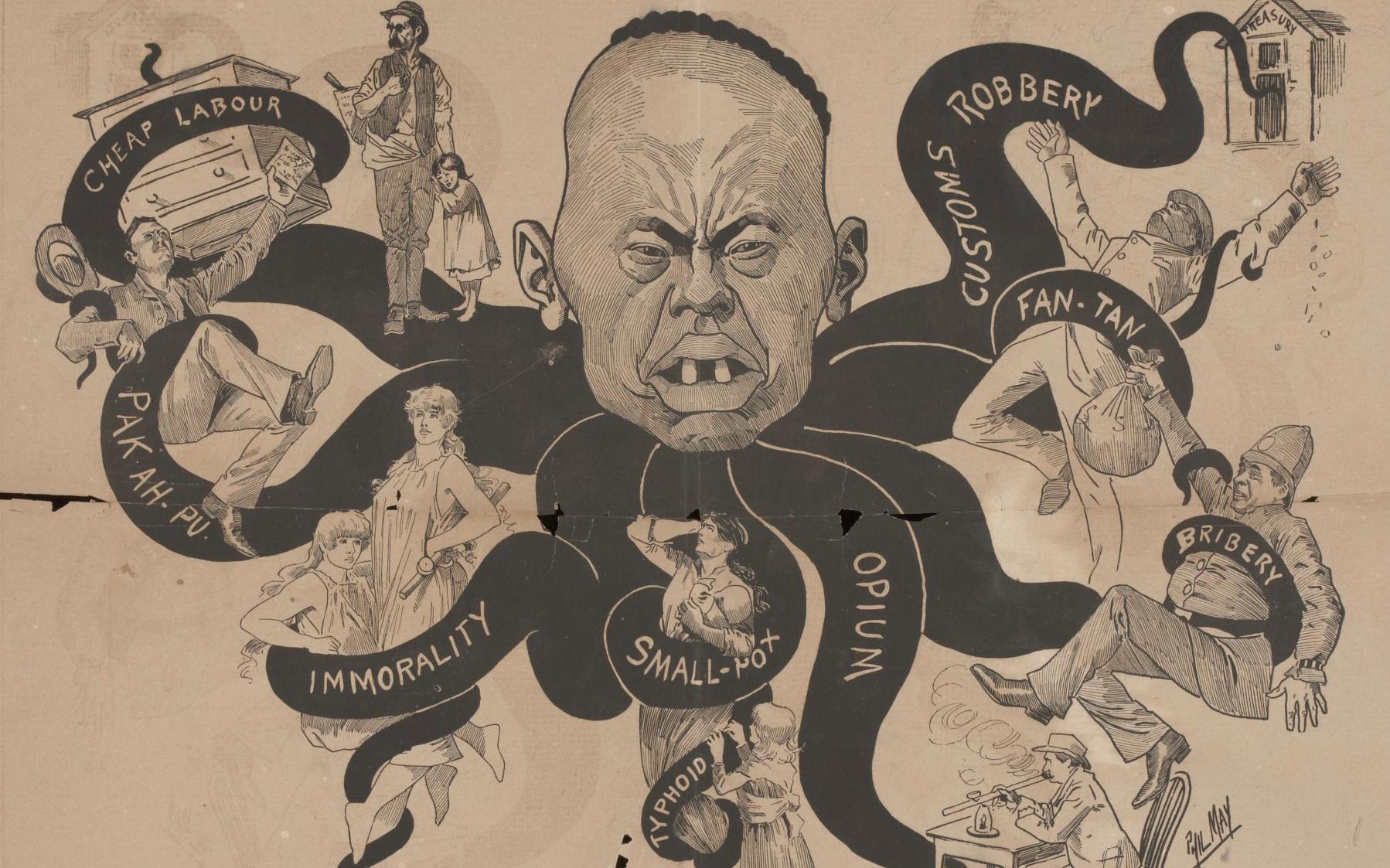‘It was a form of slavery’
1863: South Sea Islanders brought to Queensland as indentured labourers
‘It was a form of slavery’
1863: South Sea Islanders brought to Queensland as indentured labourers
Learning area
WARNING: This page contains some difficult and potentially distressing content.
In a snapshot
In 1863 a group of 67 South Sea Islanders were brought to Queensland to work in the cotton and sugar industries. More than 62,000 men, women and children were transported from the Pacific Islands to Australia over the next 40 years. Some were kidnapped (‘blackbirded’), others were told lies about working conditions in Australia. In 1901 the federal government passed the Pacific Island Labourers Act, which resulted in most South Sea Islanders being forced to return to their home country.
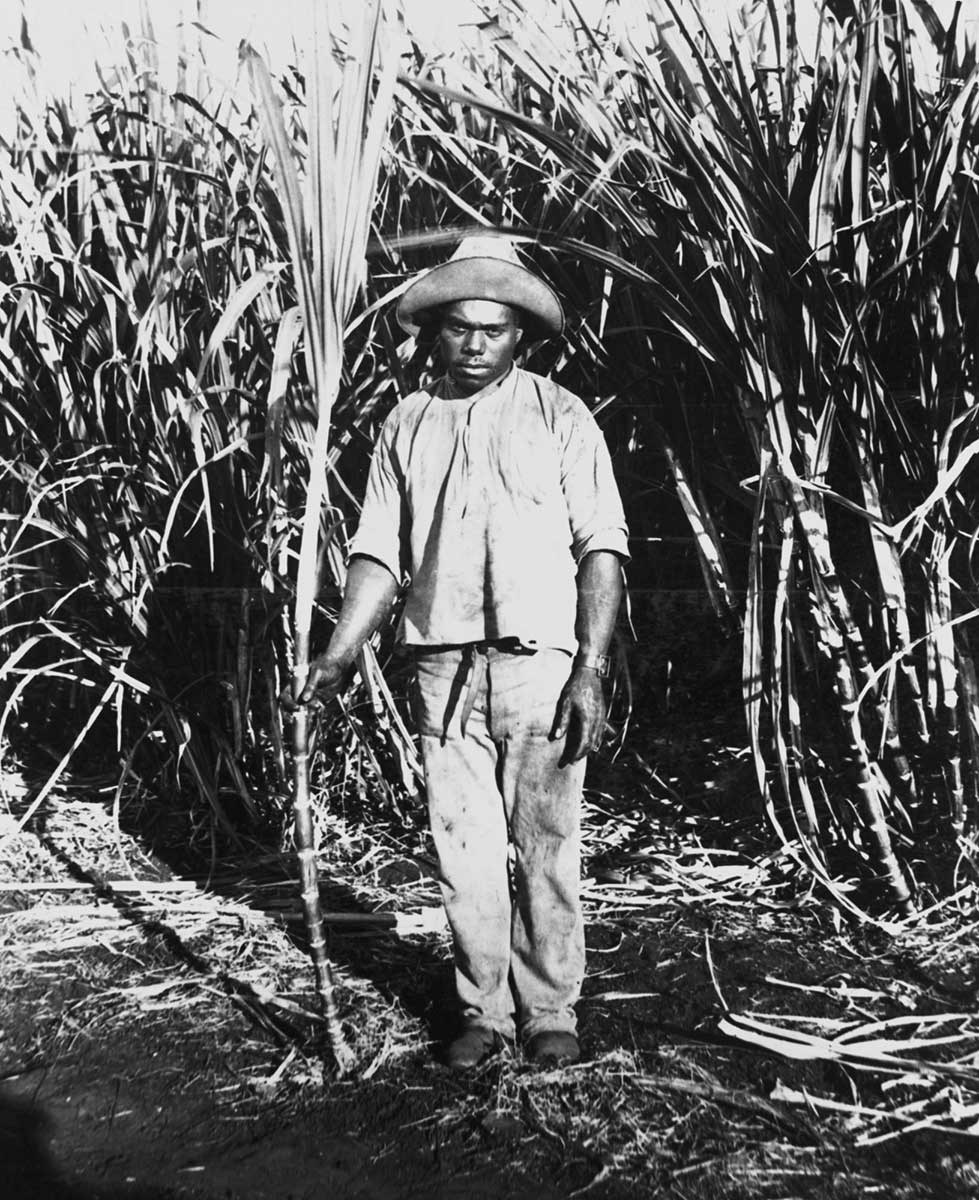
 Can you find out?
Can you find out?
1. Why were South Sea Islanders brought to Australia? How were they often treated?
2. What ended the practice of using South Sea Islanders as labourers? What did this lead to?
3. What did the Queensland Government do in 2000? Why was this important to South Sea Islanders?
What was the Queensland colony’s new industry?
Queensland separated from New South Wales and became a separate colony on 6 June 1859. In 1862 Australia’s first good crop of sugar cane was grown near Brisbane. Two years later, Australia’s first commercial sugar mill started production, and the government encouraged the setting up of large sugar cane plantations.
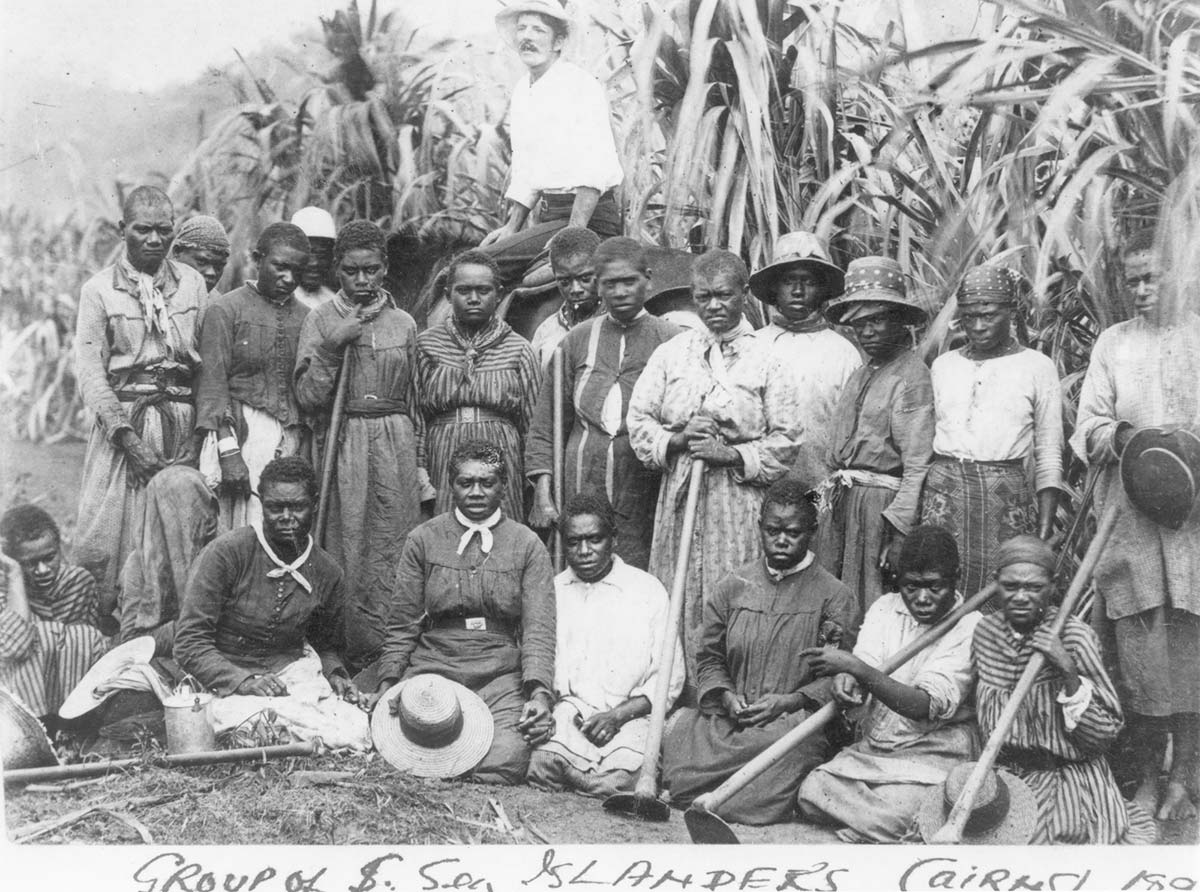
Why were South Sea Islanders brought to Australia?
At first labour in the Australian colonies was cheap and widely available because of the large numbers of convicts. This changed between 1840 and 1868 as the colonies stopped convict transportation, which led to a shortage of workers.
Sugar production needed a large workforce, so Queensland plantation owners suggested using ‘coloured’ labour. This meant using workers from the South Sea Islands instead of white Australians or Europeans. South Sea Islanders could be employed very cheaply, and some people believed that white Australians were not suited to hard work in Queensland’s tropical climate.
The first group of 67 South Sea Island workers were brought to Brisbane in 1863. Between 1863 and 1904 more than 62,000 men, women and children were brought from the Pacific Islands to work in Queensland. They came from 80 different islands including Vanuatu, the Solomon Islands, New Caledonia, Fiji, the Gilbert Islands, New Ireland and Papua New Guinea.
Research task
Do some research to find out what sugar cane is used for.
How were they treated?
There were very few laws to protect the labourers, who were known then as ‘Kanakas’, from exploitation. Many were kidnapped from their home islands, a practice known as ‘blackbirding’, and others were told lies about what they could expect in Australia. Once in Queensland South Sea Islanders were forced to work for very little or even no pay.
The Queensland Government introduced legislation in the 1860s and 1880 to try to limit this exploitation, but many people ignored these laws and the forced ‘recruitment’ of Islanders continued.
Research task
Find out where else in the world ‘black labour’ was used for profit and why this knowledge was important to the first Queensland sugar cane growers.
‘I maintain that it was a form of slavery. It is true that some people in the later years signed a contract to work for three years. But my father didn't, neither did his brother and neither did their sister. They were paid nothing whatsoever.’
What did the White Australia Policy mean for South Sea Islanders?
The White Australia movement was getting stronger in Australia throughout the 1880s, and many people argued that South Sea Islanders were taking jobs away from white workers. In 1891 the Queensland Government banned the recruitment of any more South Sea Island workers, but the ban was lifted because the sugar industry was struggling in the economic depression of the 1890s.
In 1901 the Pacific Island Labourers Act was passed by Australia’s new federal government. It was a part of Australia’s new official White Australia policy. The law prohibited any South Sea Islanders from entering Australia after 1904, and it also meant that most South Sea Islanders already in Australia could be deported.
The deportations began in 1906 and continued until 1908. More than 7500 South Sea Islanders were returned to their home country, though some had arrived in Australia at such a young age they would have had no memory of it. About 2500 Pacific Islanders stayed in Australia.
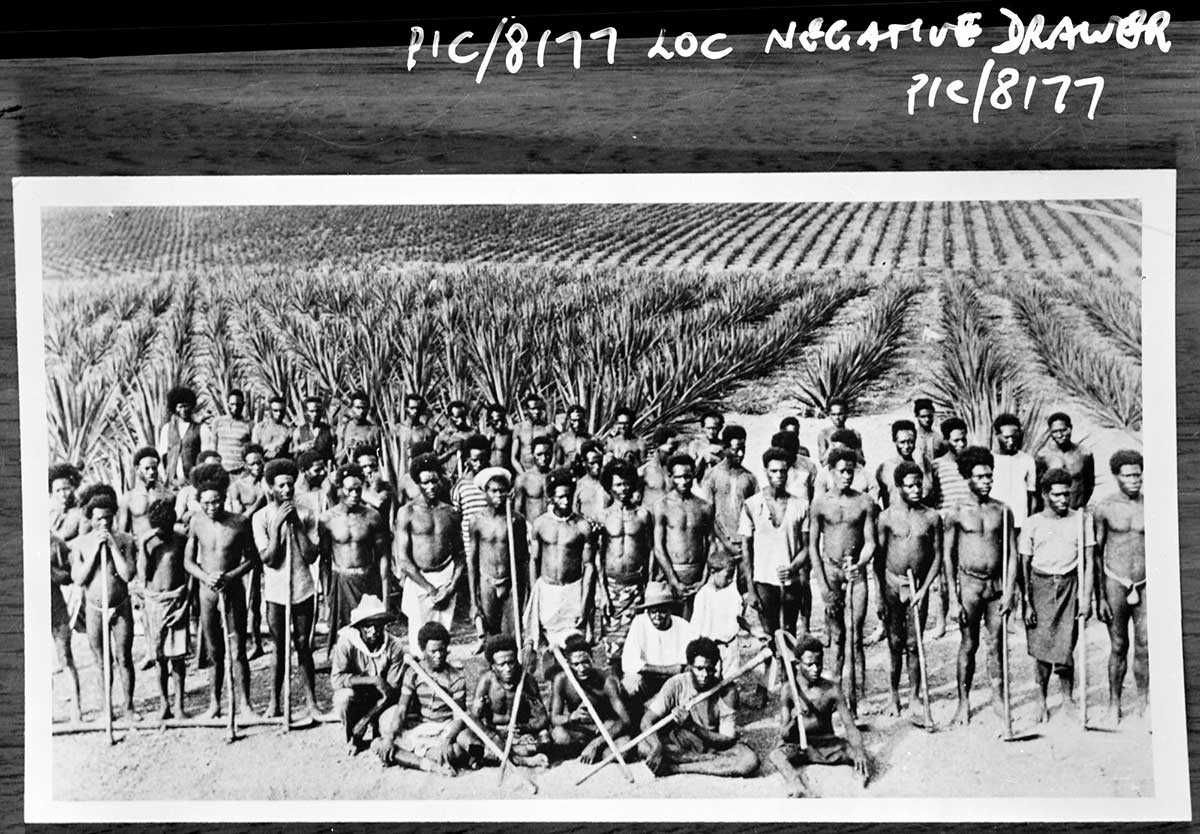
How were South Sea Islanders finally recognised?
In 2000 the Queensland Government recognised South Sea Islanders as a distinct ethnic and cultural Australian group. The government also acknowledged that the community had experienced discrimination and injustice throughout their history in Australia.
Read a longer version of this Defining Moment on the National Museum of Australia’s website.
 What did you learn?
What did you learn?
1. Why were South Sea Islanders brought to Australia? How were they often treated?
2. What ended the practice of using South Sea Islanders as labourers? What did this lead to?
3. What did the Queensland Government do in 2000? Why was this important to South Sea Islanders?






